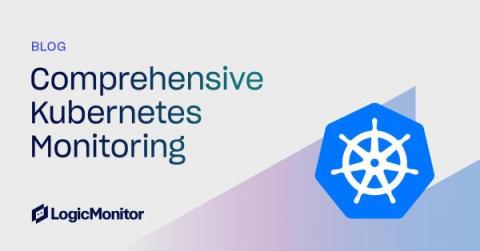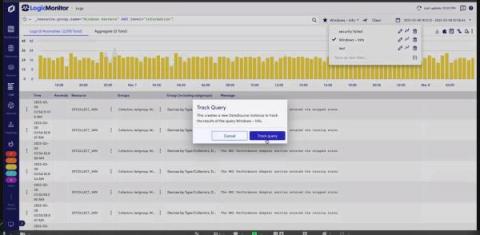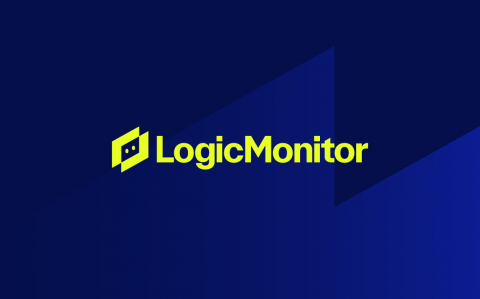Agent-based versus agentless data collection: what's the difference?
In the quest for a secure and reliable method to monitor their infrastructure, enterprises and service providers often find themselves exploring various agent-based and agentless solutions. Grasping the nuances between these two approaches is essential to select a monitoring service that aligns with your unique business requirements.











